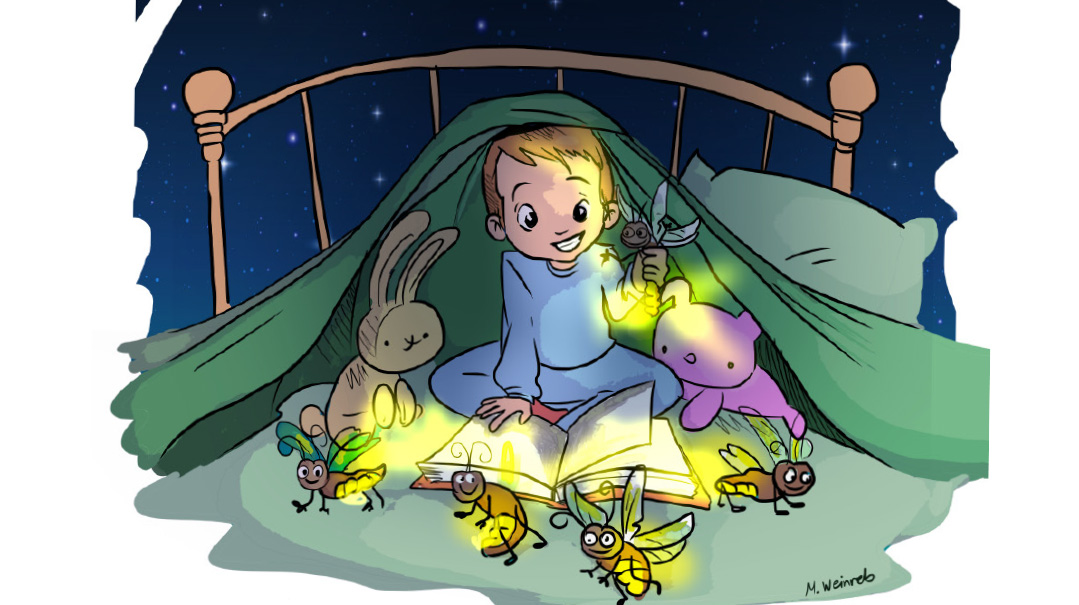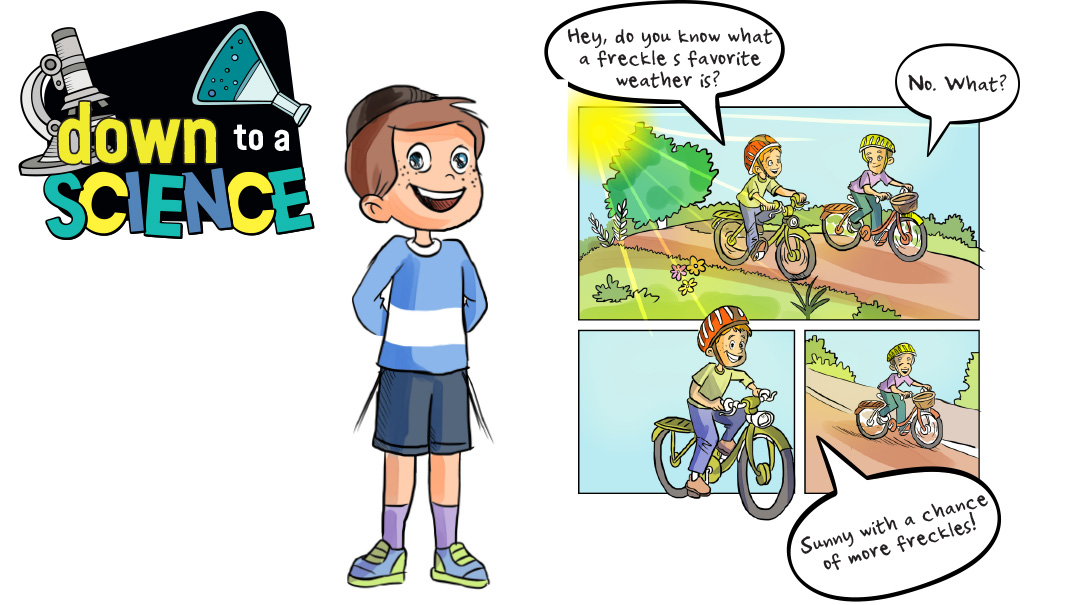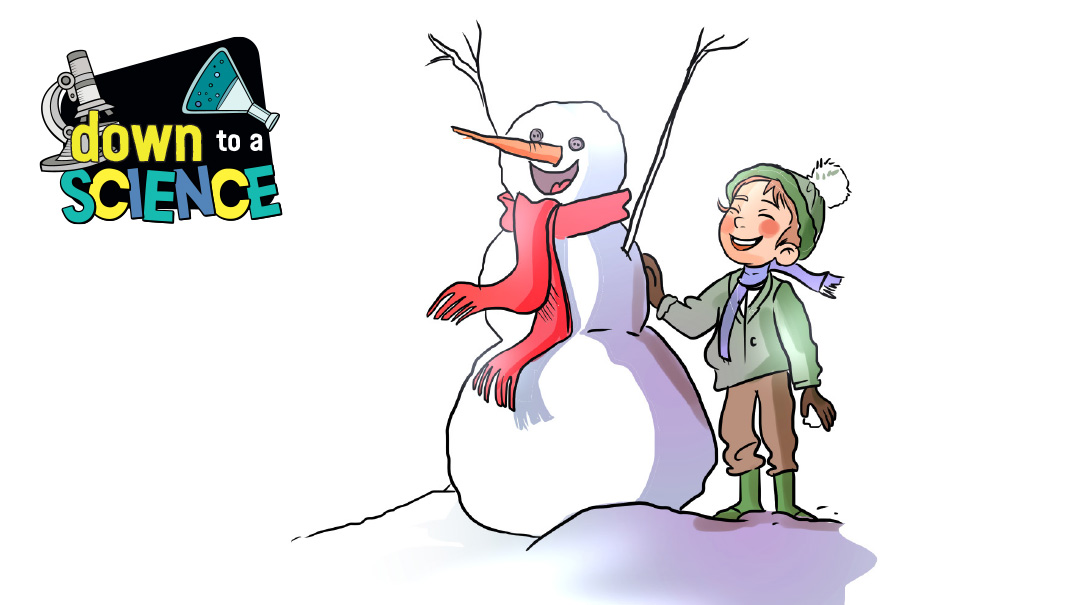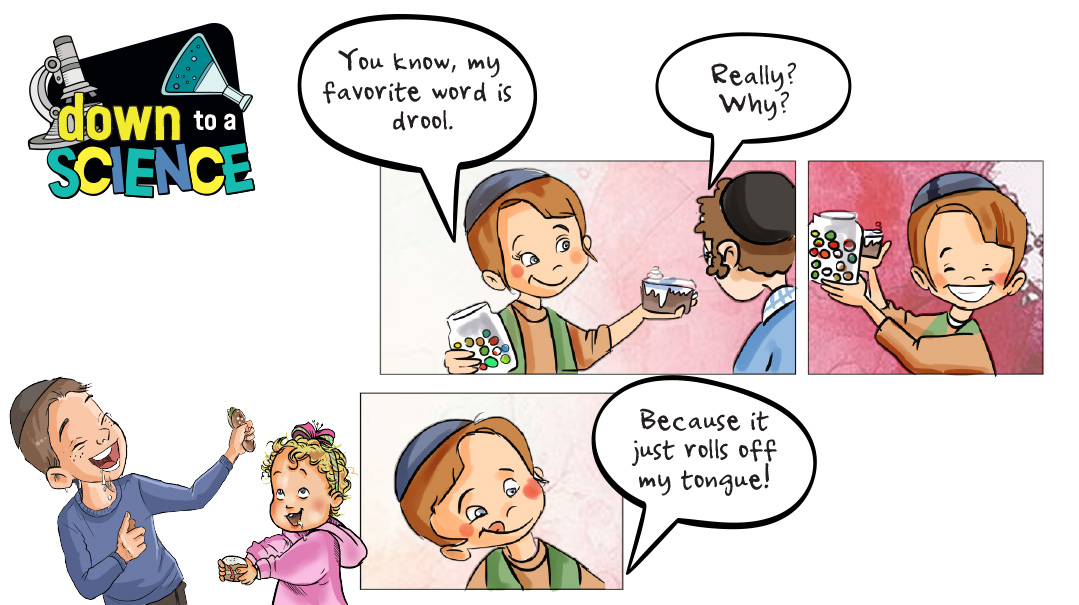Baby Teeth

That got me kind of nervous. Because if Mimi’s teeth can just fall out, could my eyeball fall out? Could my arm fall off?
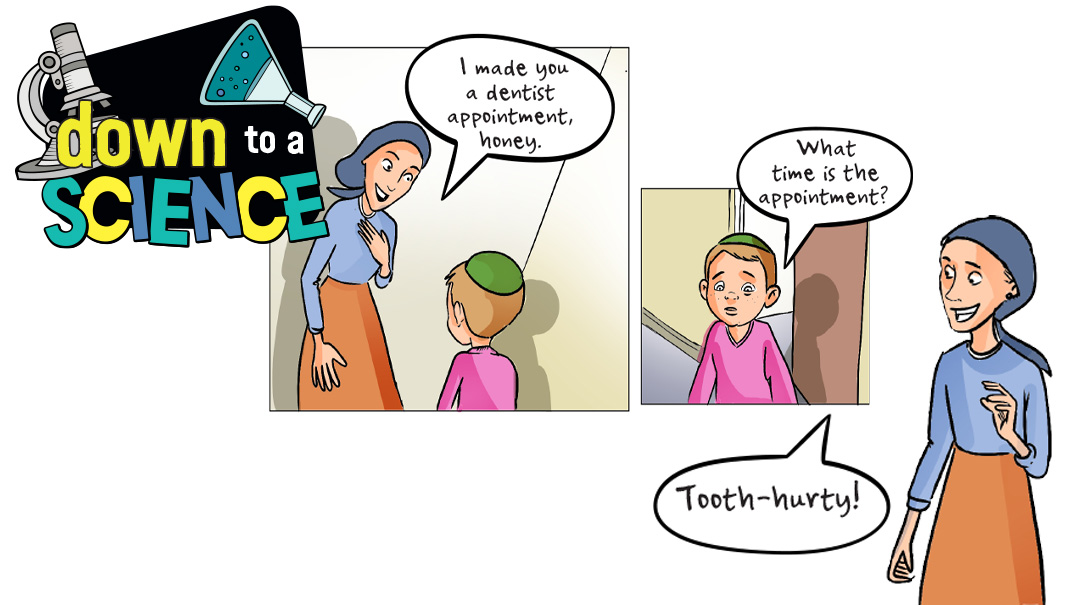
Hello, kiddos,
This is Professor Mordy Maven, Thinker, Wonderer, and Figure-Outer of all things Science-ish. What that basically means is I try really hard to figure stuff out. I do the hard work so you don’t have to!
Tonight at supper, we had spaghetti and meatballs. Suddenly I heard this loud slurping sound. I looked across the table and saw my little sister slurp a strand of spaghetti right up in between her teeth. First, I thought, hey, cool! Then I thought, Whaaat? Why does she have a space where her front tooth you used to be?
I asked my mother and she said, “Oh, Mimi’s tooth fell out today.” All matter of fact, like body parts falling off was totally normal. And that got me kind of nervous. Because if Mimi’s teeth can just fall out, could my eyeball fall out? Could my arm fall off? What’s going on around here? Help!
I ran upstairs and grabbed as many books as I could while I still had use of both my arms and both my eyeballs. Then, I started reading up on everything I could find about teeth. After chewing through the information (get it?) I felt really relieved because I’d finally discovered the difference between deciduous and permanent teeth.
You see, the first set of teeth you get are your deciduous or primary teeth. These are also known as your baby teeth because you get them when you’re just a baby. Duh!
Oops! We could not locate your form.

